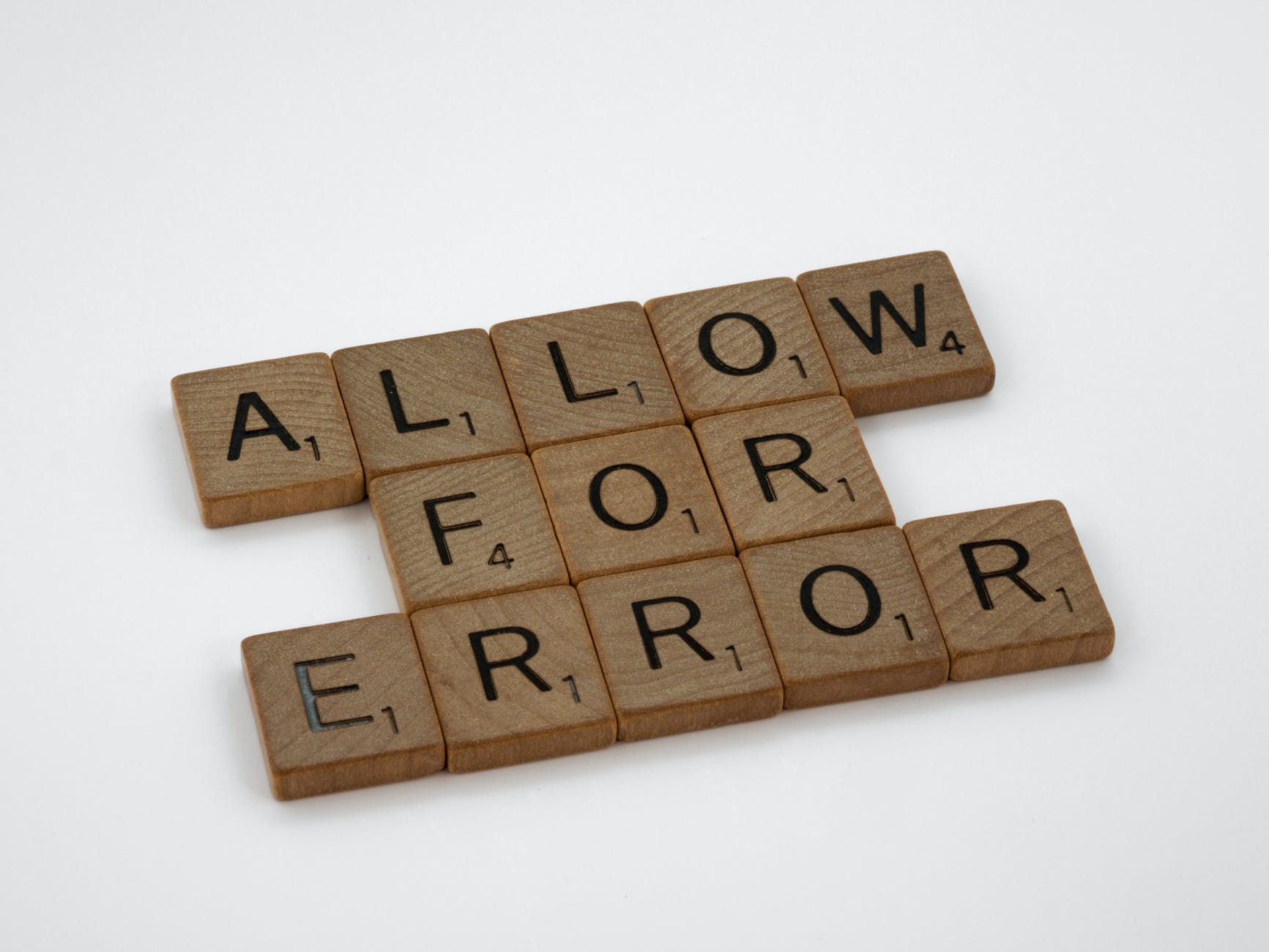
5 Eating Disorder Myths Busted! Now Let’s Check The Facts
Today we’re going to bust eating disorder myths and spread some truth. I write a lot about mental illness and body liberation. I fight for fat people to be treated as people, not as a despised underclass or lesser beings. It’s both shocking and deeply upsetting to me that I need to do this. In a world where we see such cruelty, violence and anger, why turn on people who have done nothing to harm anyone else? I don’t get it, and I don’t think I ever will. Fatphobia causes enormous psychological damage to many people. This is a fact. One of the most harmful aspects of that damage is undoubtedly eating disorders.
Eating disorders have been in the media spotlight due to fat activist Tess Holiday. Tess has recently opened up about the fact that she has anorexia. I’m sure many people would laugh at this notion and say hurtful things like, “You’d never know it to look at her”, “Come off it! Someone who’s obese has anorexia?” Or “Maybe she’ll lose some weight now. It highlights how deep fatphobia runs in our society and our lack of understanding of eating disorders. So let’s talk about eating disorder myths and facts.
Eating Disorder Myths No. 1
Only thin people are anorexic. We all recognise the classic idea of an anorexic. They are extremely thin with protruding bones and often fine hair all over their body.
The Facts
While it’s common for anorexics to be very thin, the symptoms of anorexia aren’t just related to low weight. They also include:
- Missing meals or having an extremely restricted diet
- Obsessive and excessive exercise
- Taking appetite suppressants and/or laxatives to boost weight loss
- Lying to others about how much you eat
- Intense fear of gaining weight
All of these behaviours can apply to a fat person too. They may not immediately look emancipated because they were heaving to start with, but the effect on the body can be every bit as serious.

Eating Disorder Myths No. 2
Eating disorders are not as severe or dangerous as other mental illnesses.
The Facts
The symptoms of anorexia, bulimia and unspecified eating disorders all feature in the Diagnostic and Statistical Manual and have clearly defined symptoms. Anorexia, in particular, is a very dangerous illness. It has the highest mortality rate of any mental illness, and for females aged 12-25, the mortality rate is 12 times higher than any other cause!
Eating Disorder Myths No. 3
Eating disorders are only about food.
The Facts
Because we are bombarded with thin images from multiple sources all day long, there can be no doubt that a desire to be thin and fit society’s idea of the “right” body is a crucial component. Many anorexics may begin with a worry about becoming fat and a resolution to go on a diet and exercise more.
However, anorexia is a complex illness that boils down to the sufferer feeling a strong need to control something in their life. This can come about for multiple reasons, but it is almost impossible to cure the illness until this need is addressed and met. Simply getting the person to eat is not enough.
Eating Disorder Myths No. 4
Only women from teenagers onwards experience eating disorders.
The Facts
According to a study conducted by Harvard, the number of males requiring treatment for eating disorders increased from the previously quoted figure of 10% to nearer 25%. In terms of age, when questioned, 60% of girls aged 6-12 years old admitted to being worried about their weight and afraid of being fat.
The American Academy of Pediatrics ran a study and found that hospitalisations in children younger than twelve increased a truly horrifying 119% between 1999 and 2006. What level it may be at now is almost too disturbing to contemplate, but if we want to reverse the trend, we have to.

Eating Disorder Myths No. 5
You can see if someone has an eating disorder just by looking at them.
The Facts
I am very fond of saying that you cannot make any determination about someone’s health just by looking at them. The same is doubly true of eating disorders. Eating disorder sufferers can become masters at hiding their illness from everyone around them. Bingeing and purging after everyone has gone to bed, wearing extra clothes to hide how much weight they’ve lost, lying about eating a big meal at work/school/a friend’s house etc.
There is no eating disorder body type and often no visible signs for a very long time. Eating disorders show themselves in a person’s behaviours and attitudes towards food long before the symptoms show on their body. Fat people can and do suffer from eating disorders, and this is something else we need to raise awareness of. It doesn’t matter what the person’s weight is when the disorder starts, it can still kill them either through damage to the body or suicide.
Resources
Eating disorders are serious mental illnesses and should never be taken lightly. If you’re concerned you, or someone you know, could have an eating disorder here are some resources for you to explore. However, none of these replace professional help so please see your doctor as soon as possible.
National Eating Disorders Association (USA)






